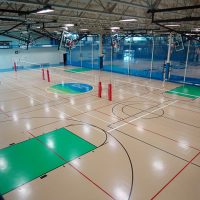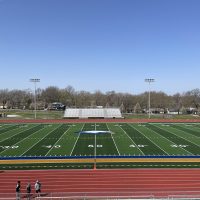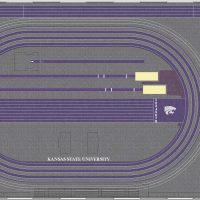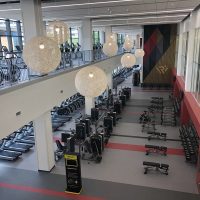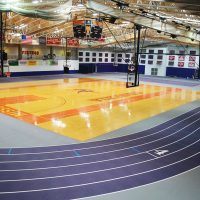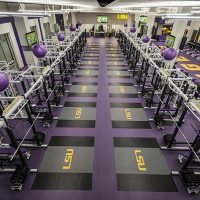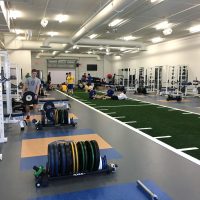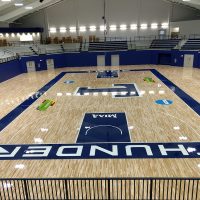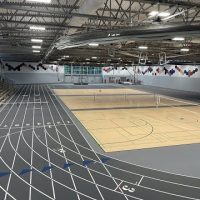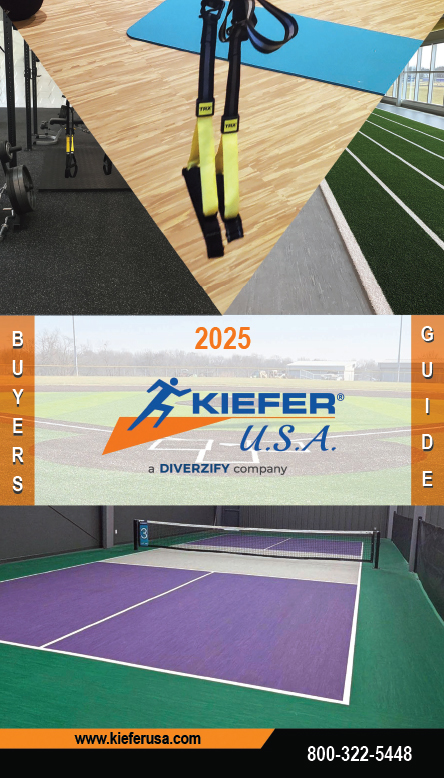MONDO will serve the athletics community and fans again with a brand-new athletics track at the World Athletics Championship in Budapest. The track product installed at the National Athletics Center is Mondotrack WS.
Gym floors are designed to withstand the repeated pounding and foot traffic from athletic use. Depending on the type of usage, certain gym floor materials are better suited to satisfy the needs of players and coaches. When choosing the flooring for your sports facility, consider these gym flooring options.
Find the answers to questions that facility managers may face as they search for a functional and attractive outdoor sports floor.
Kansas State University will move indoor track operations from Ahearn Field House to the current indoor football facility this year. We are very excited to partner with Kansas State University on this project and install the new world-class Mondo Banked track!
e have opened three different buildings since 2017: a flag football field turf complex, a 240,000 square-foot-rec center and then this April another 270,000-square-foot rec center. All of these have products designed and installed by Kiefer USA.
A lot of consideration must go into purchasing a gym floor for an elementary school, university, or recreational facility. Several variables affect the cost of sports flooring. It’s best to estimate the cost by weighing the following factors before speaking to a gym flooring contractor.
It’s essential that sports floors ensure stability, absorb shocks, resist traction, and deliver exuberance – they need to be sturdy, resilient, and safe in order to guarantee optimal performance, withstand heavy traffic and repeated bettering, and safeguard against injuries. Rubber floors meet all these requirements – they’re extremely durable, offer excellent shock absorption and dimensional stability, and create a safe and comfortable environment for athletes and staff alike.
Contemporary trends in sport and fitness flooring focus on greater flexibility, increased safety and comfort, smaller carbon footprint, higher aesthetic appeal, and enhanced personality.
With increased foot traffic in the brutal winter months, the gymnasium flooring takes a merciless beating. Learn why gym floors are vulnerable in winter and how to protect gymnasium surfaces from being damaged.
The quality of the game is significantly impacted by the type of indoor court flooring on which it is played. Indoor court flooring for sports, such as basketball or volleyball, should promote the athletes’ comfort and performance. Following are important considerations when evaluating court flooring.


